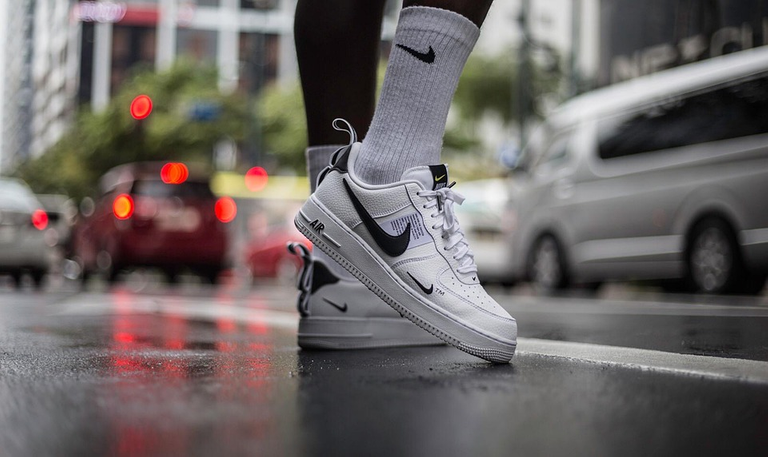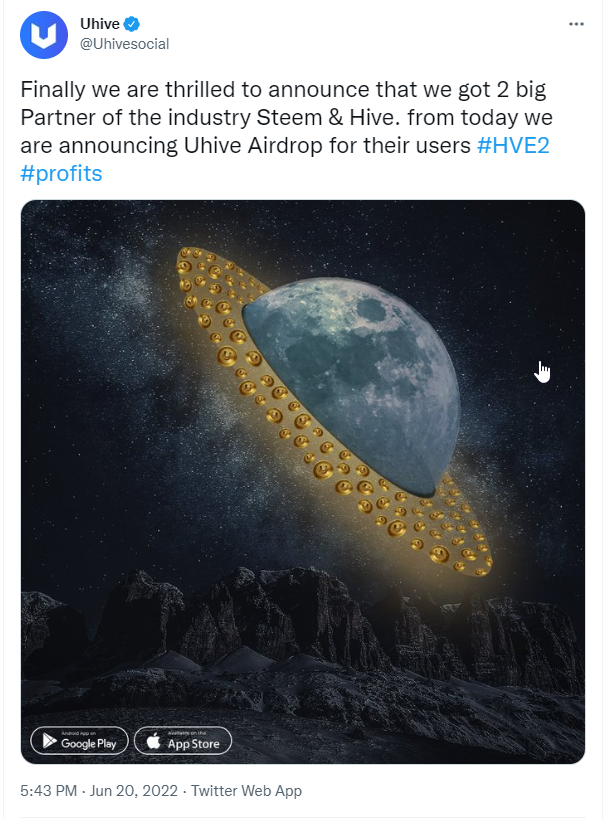Before Nike ever became a thing, it was merely an idea in the head of a Japanese during the country's recovery from World War II. After that, the man started a local company, Onitsuka Tiger, before then starting a business relationship with Phil Knight (Buck) and his company, Blue Ribbons, which didn't exist at the time.
This part will be about that partnership.
Phil Knight (Buck) told Onitsuka Tiger that with his help, they will be able to compete and maybe overtake the Germans in the sports shoe market in the United States, especially the Tennis shoes market as it was quite the big market at the time.
The idea was that if Onitsuka Tiger's shoes enter the market at their high quality, coupled with their cheap prices, they take a big share of the pie that Adidas was keeping to itself at the time.
The meeting was concluded with Onitsuka Tiger liking what Buck said, inspiring them to agree to his offer to represent Onitsuka Tiger in the United States
It Took A While
Onitsuka Tiger didn't exactly have samples ready for Buck to try out. It took months until Buck received the first sample of shoes. 12 pairs of shoes, from which he took two pairs and sent them to his old coach during his time in University, Bill Bowerman, to consult him about the quality of the shoes.
Bowerman liked them so much that he suggested he partners up with Buck in this project. Buck agreed.
Bowerman put in 500$, matching Buck's 500$, and ordered a total of 300 pairs of shoes. The two became partners where Buck would take care of sales while Bowerman would be in charge of shoe quality and designs.
Buck's house became both the storage for the shoes and the place from which he sells the shoes. Within a year, Buck had sold all 300 pairs of shoes.
Expansion
After finishing the first complete sale, Buck took out a loan to purchase even more shoes and sell them. He also decided to branch out of Oregon, going to places like San Fransisco and Los Angeles. His business became so successful that he offered Onitsuka Tiger that which becomes their exclusive front on the west side of the United States.
Buck paid 3500 for a new order of shoes. However, he needed to get hired somewhere to help increase sales. That's when Jeff Johnson came in to play.
Johnson was just a satisfied customer when sent Buck a letter admiring the shoes. Buck offered him a job as a salesman with a percentage. Johnson took that offer and quit his job at the time immediately.
Almsot Perfect Business
Onitsuka Tiger and Buck's Blue Ribbons struck a successful partnership. The same thing can be said about Buck and Bowerman, where the first was in charge of sales and marketing while the latter was in charge of quality control and sending designs back to Japan.
The product itself was very good that even a customer joined in as an employee, and the business was expanding at a great speed.
However, the speed of the expansion was a problem in the eyes of the bank from which Buck was taking his loans to buy the shoes from Onitsuka Tiger.
The problem was that while Blue Ribbons was expanding as a business at a great speed, the bank was fearful that the business might hit a point where the profits wouldn't be able to cover the loans that were increasing to meet the business' growing size as Blue Ribbons had no cash flow whatsoever. But, that's something I will cover in the next installment of this series.
You can check part 1 of this series by CLICKING HERE
Below Are The Sources For The Entire Series
ADI DASsler’s “Impossible is Nothing” and “The Miracle of Bern”
The weird and wonderful history of the Onitsuka Tiger
The Family Feud That Led To Multiple Billion Dollar Businesses
SHOE DOG: A MEMOIR BY THE CREATOR OF NIKE
How Blue Ribbon Sports Became Nike
Nike vs Adidas: Who is Leading the Market?
Sneaker Wars: How Nike Eclipsed Rival Adidas Over The Years And Who’s Winning Now
adidas vs. Nike: 3 Moments in History That Changed the Sneaker Game



